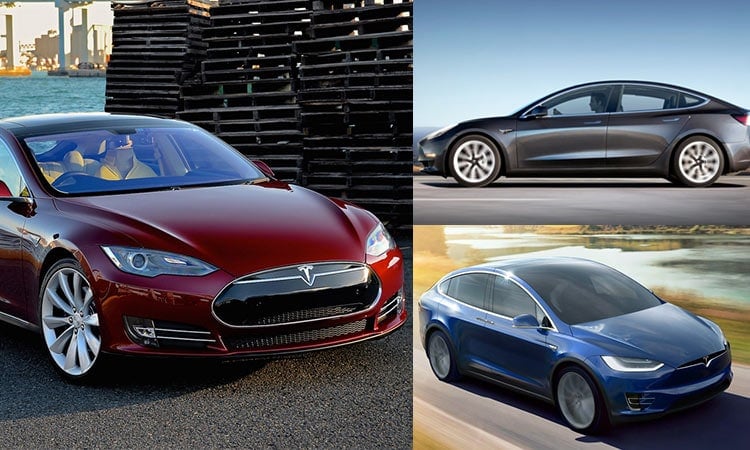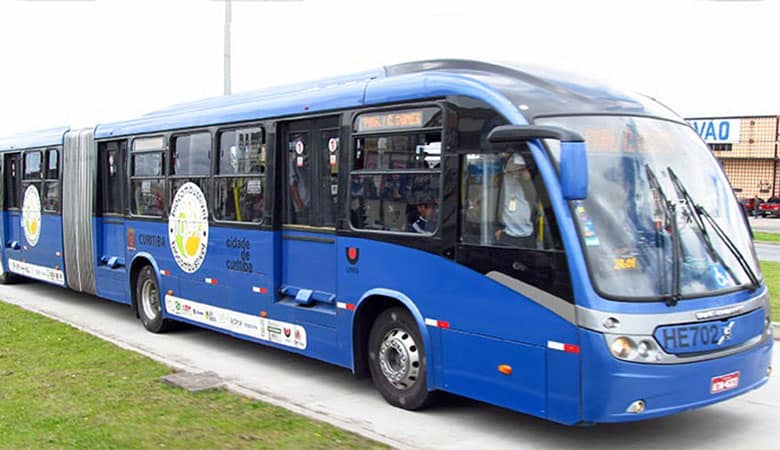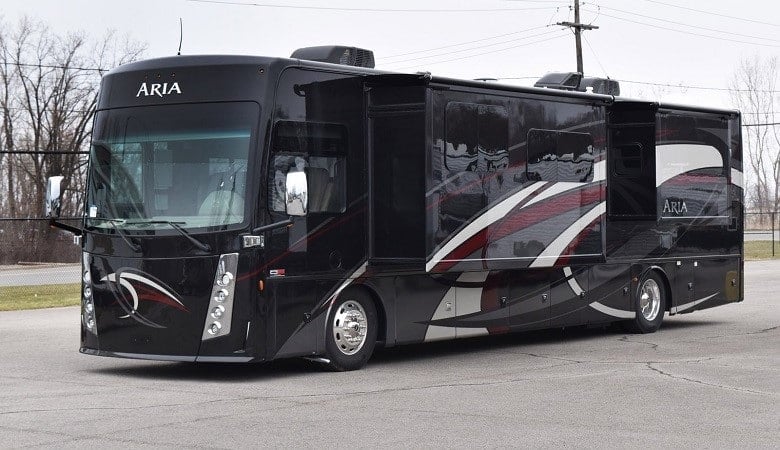Driving on wet roads is one of the scariest things for drivers. When the snow starts to fall, people with cars usually start to tense and drive faster than they would to avoid getting stuck. Depending on how deep the snow or ice may be, the car you are using must be able to touch the hard ground on all tires.
While driving on snow, you may have the traction to keep going without knowing how slippery the ground is. Whether using a four-wheel drive or two-wheel drive, find out below if it is better to use a heavy or light car in snow and ice.
Is A Heavier Car Better?
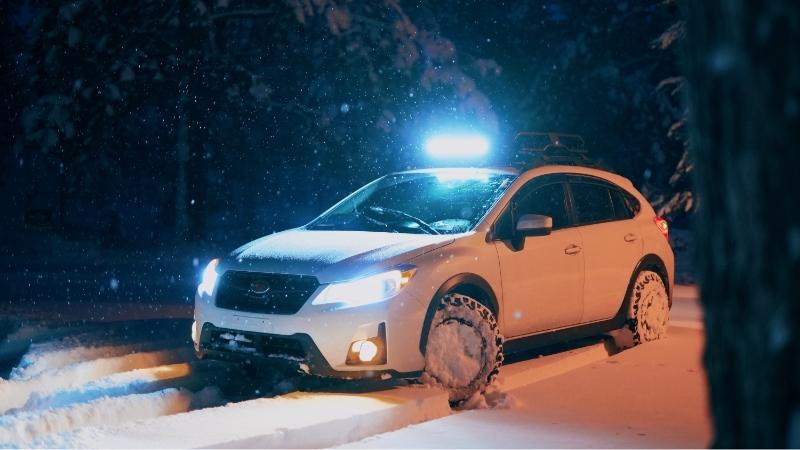
Can you have better traction with a heavier car? Your car may be heavy from manufacturing, or you can decide to make it heavy by loading it with heavy objects. This will help make the wet ground safer for you. Most of the time, the weight of the car does not matter.
What is important is the tires that will help keep you steady on the wet road. Whether the car is heavy or not, the condition and quality of the tires will give you the best traction on wet roads.
Heavy cars have a better chance of holding up and can keep you safe during an accident while driving on snow. However, most heavy cars are SUV types, and they are susceptible to tip and roll over in some cases. Here are some ways heavy cars can be beneficial on snow and ice.
1. More Traction

Traction is crucial for driving a rear-wheel-drive car in the snow. It is the art of putting extra weight on overdriven wheels of rear-wheel-drive cars to give more traction on slippery roads.
A heavier car has an advantage on the snow because its extra weight presses down on the tires. However, in the same situation, a lighter car would accelerate better when it gets its engine power down to the ground.
The heavy car may have good traction and stability on ice with more grip, but changing directions and taking turns may be tricky.
2. Better Ride Quality
Do you know why some people prefer putting weight on an empty pickup bed? It is to get a better ride quality. Heavy cars tend to absorb shock impacts better than lighter cars. For instance, when a heavy car goes over a bump, its weight will help absorb the excess impact giving you comfort. For this particular reason, luxury cars are made heavy and thus cost almost three times as much.
3. Comfort
Heavy, slow, and comfy. This is what heavy cars have to offer. Light cars are designed with light materials like lightweight body panels, race seats, and polycarbonate windows. These aspects make them pretty fast and not ideal for long road trips. With heavy cars, most of them have cozily heated and cooled leather seats for extra comfort and wood paneling for the extra weight. T
his will ensure you stay comfortable and warm in the car as you try to make your way through the snowy, slippery roads. If you can not handle both extremes, it is always safe to go somewhere between.
4. Added Crash Safety

When two cars approach each other head-on at the same speed, with one car heavier than the other, the heaviest car withstands the impact; this is a proven scientific fact. Driving on snow can be dangerous at times; using a heavier car will help you stay safe in case of an accident.
What About Lighter Cars?
Lighters cars may have all it takes to move on snow and ice, but they do not seem as safe as heavier cars. One major reason is that the materials used to make lighter cars are not as strong to withstand an impact during an accident or keep you warm while driving on snow. In some cases, light cars will tend to swivel on snow unless it has pretty tough tires.
1. Toughest Tires
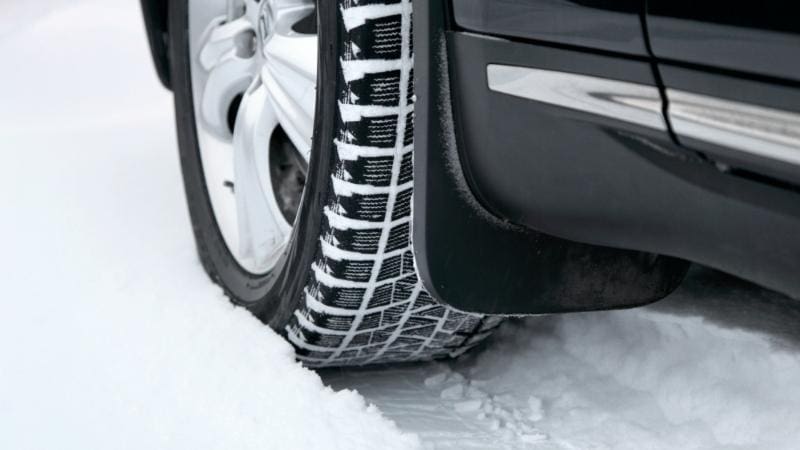
However, according to one’s preferences, whether lighter or heavy, it all depends on where you are and how deep the snow is, and if you can get in contact with the hard surface.
If the snow is too deep, a light car has a high chance of crawling along and staying on top. Having the right tire does the trick more than weight in almost all situations.
Winter tires are a perfect choice for any vehicle traveling on snow. The new tires that vehicles get nowadays seem to be getting wider, which is not ideal for getting through the ice.
The winter tires can dig down through the snow, giving a good grip on the hard surface. On the other hand, the normal tires are too wide, thus difficult to dig down through the snow and detrimental to grip.
If you live in the Snow Belt, you need to equip yourself with snow tires. They have one-third better traction.
2. Dealing With Hydroplaning
Cars riding on wet roads can lose traction due to the formation of a thin film of water between the road and the tires. It can cause your car to skid uncontrollably and contribute to road accidents during the rainy seasons. When your car is heavier and sliding around, it can be scary. However, this is a momentary loss of control, and you can gain back control the moment it starts. There are ways you can best prevent this ordeal;
- Inflate The Tires Properly
If you are going off-roading on off-road terrains, then an under-inflated tire is a perfect idea. However, it would be best to inflate your tires perfectly when using smooth flat roads. Any contact with a puddle of water could lead to water trapping within the tire instead of dispersing on the sides.
Read this post to learn what the correct tire pressure is and how to maintain it.
- The Condition Of Your Tires
The newer the tires, the better the traction hence safety while driving on a wet road or snow. It is crucial to check your tires regularly and replace damaged tires immediately. If your car is heavier, it will wear out tires faster.
- Slow Down In Wet Conditions
It is not ideal to drive while it’s raining or on wet roads. But, if you must do so, reduce your speed and try to avoid any puddle of water. You may lose traction if you go over the puddles, especially if your tires cannot disperse water.
As discussed above, you can see that whether your car is heavier or lighter, they can both get through the snow. What matters most are the tires. You can make a few modifications to your tires to avoid losing traction and hydroplaning.
Winter is inevitable in most parts of the world, and this does not mean you can’t carry on with your daily routine. Walking on snow or ice can be quite cold, so using a car to get around is ideal. If you must use your car, please ensure your tires are well inflated and have enough traction.

